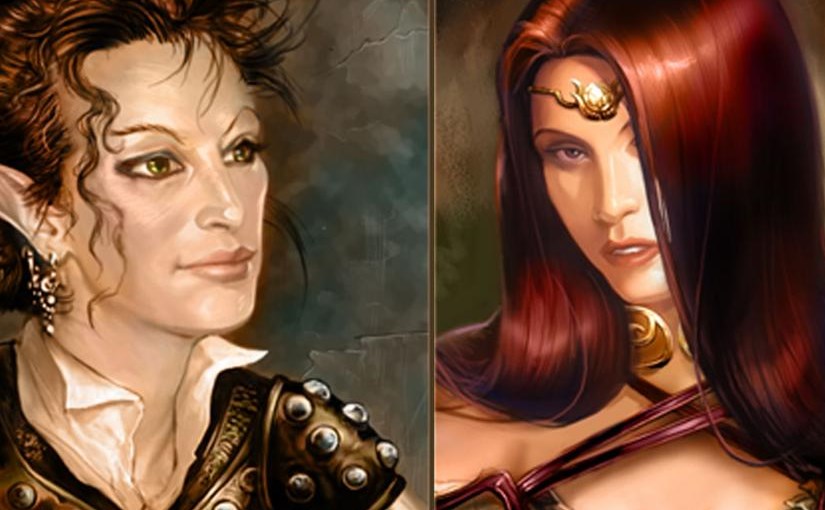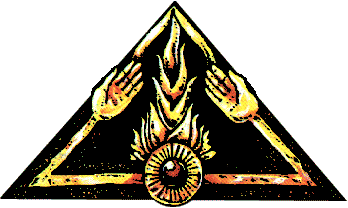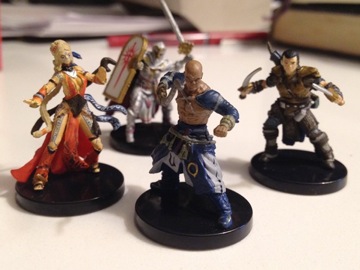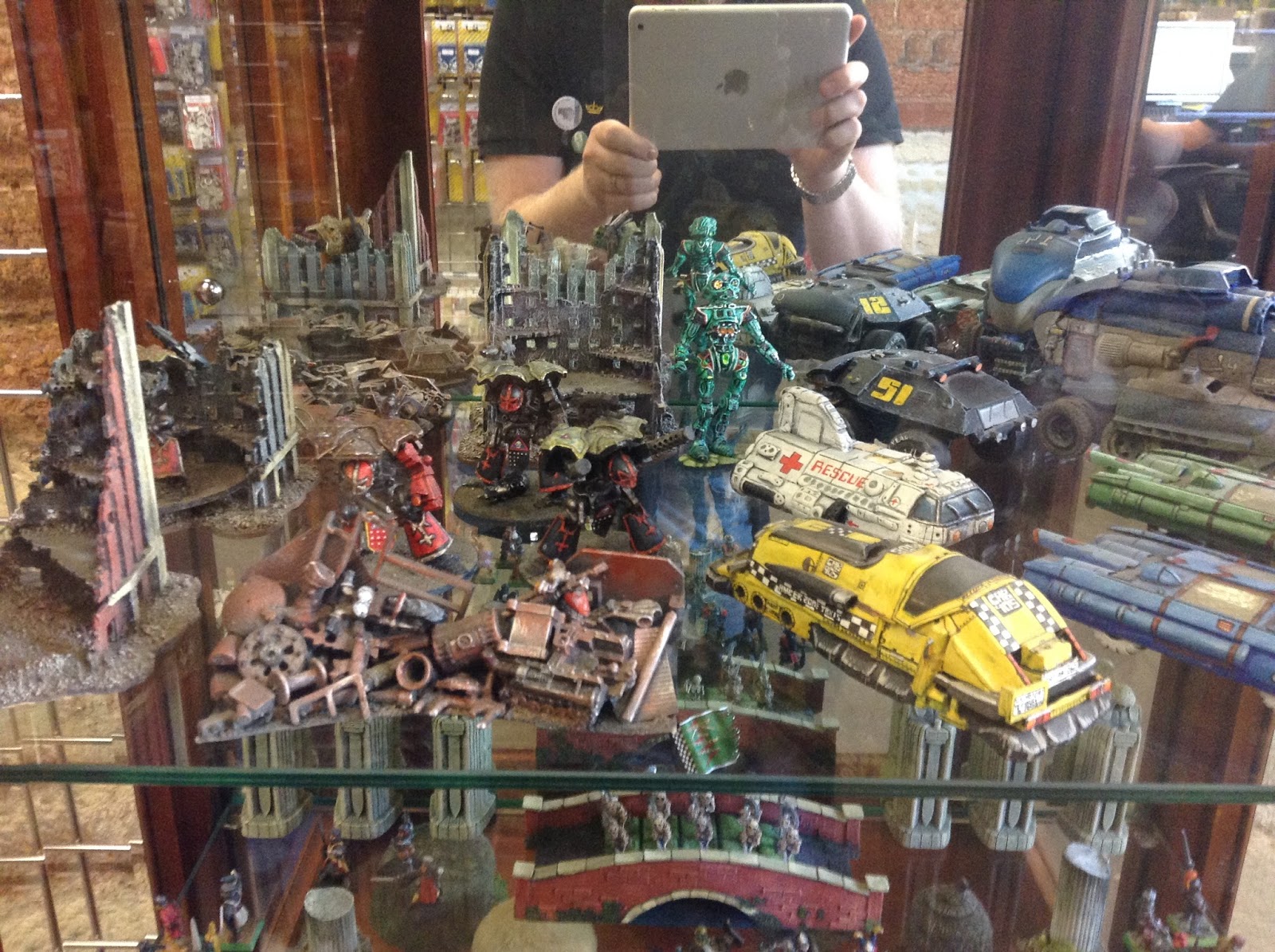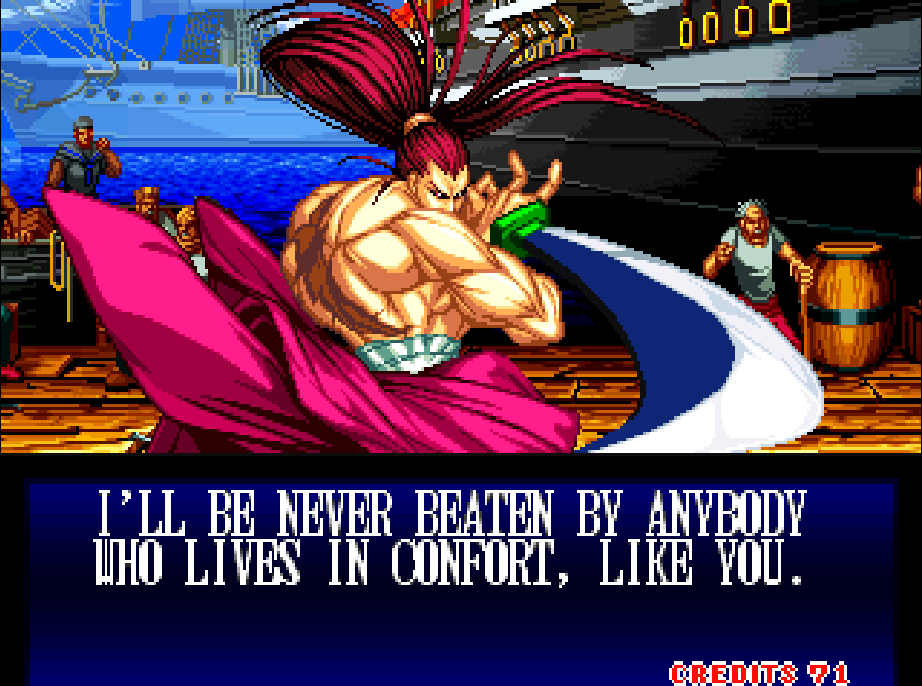We had a bad experience at Gamehole con with our 5e game and it wasn’t completely because the GM was terrible (he was tired, wasn’t too great at adapting to three extremely experienced players at the table) but more because the module he was running was completely derivative crap. Orc attack on a village, cave with orcs in it, Zzzzzzzz….
Since the game I’ve been thinking of what the main issues with that session and did the 5 whys with myself to suss it out.
- Session sucked, why?
- Adventure was boring, why?
- Generic ho hum: Orc attack, Orc cave, why?
- In a setting where that’s obviously common and accepted. why?
- Forgotten Realms. Why?
- It’s the default setting for all D&D 5.
The root cause of this, and it’s not my normal whipping boy Pathfinder, it’s Forgotten Realms.
I started D&D when there was no real campaign world, it wasn’t even slightly defined for us when we bought the box sets at Hobbyhorse. There was Greyhawk and Blackmoor and stuff like that, but unless you looked hard for it, kids starting with Holmes or Moldvay didn’t get that full in the face– it was OUR world to create and it started small with the first adventure. Whether it was X-1 (I worried about where on my world map that island was quite a bit in grades school), Hommlet, or with just characters at the entrance to a made up dungeon or trapped in a chateau that had no fixed location or full placement in a realm at all, the setting grew outward from the first adventure as the DM and players desired or required from that initial small kernel adventure and became more defined by other kernels like Castle Amber or the G series. The monster books also defined our world, with tons of odd things on my map coming out of the acquisition of the Fiend Folio. Death Knight empires were now laid down on hexes! What we had was a ton of space for imagination and very little constraint by over definition of the setting by the modules at the time’s authors. This is exactly how Greyhawk came into being. Dungeon first, then local environs, then out from there. I really appreciated in INTO THE ODD how the author has the first expedition start at the dungeon entrance and has a local map on pages after that and the larger area maps/keys after that in the book; implicitly stating that this is the order in which players should encounter such things. Dungeon – near environs – realm. The onion is peeled from the inside out.
While I was vaguely aware and mildly interested in Greyhawk, I never much looked at it while in my very hardcore grade school and early middle school days of playing D&D. Later came Dragonlance and while people must have loved it, I felt all of it was garbage in a really shitty setting. Dragons can be cool and horrifying (see Dark Souls and Glorantha), I run them in my 13th Age game as either incredibly violent fiends or …something totally different. But when you have dragon men and little dragons and big dragons and an empire of dragon men it’s all just shite to me. The closest I got to it was the gold box games on the Apple 2E, which were quite good.
Dragonlance must have sold a lot because next we got Forgotten Realms and D&D has suffered for it ever since. Yes, this likely had to do with Gygax’s ouster from TSR in 1985, and the end of Greyhawk at that point, but Dragonlance had paved the way a couple years before for a default, shytte setting.
I’m certainly not the first person to say this, but Forgotten Realms is the absolute essence of generic fantasy. It has every trope one can possibly imagine rolled into one ‘land’, every race is represented, all screaming out ‘potential’ for great adventure, but ending up absolutely mundane. The pseudo-medieval culture, architecture and technology levels are extremely trite, and border on the shear horror of steampunk. For awhile there I thought I was just jaded and had experienced too much to enjoy such simple things in Forgotten Realms (for example, the lackluster Neverwinter nights games), but then I thought back about how much I disliked Dragonlance as a kid, wasn’t interested at all in the Greyhawk box-set after I got it and had switched instantly to Warhammer Fantasy Roleplay as soon as I became aware of it. This was as a pre-teen, so it’s not like I had some eclectic, jaded taste or anything. I just looked at the WFRP cover with it’s punk-esque adventurers in a vicious Early Modern setting and found it incredibly awesome compared to some Clyde Caldwell, Elmore or Jeff Easley’s unicorns and dragons paintings that adorned Forgotten Realms stuff. Not surprisingly, I don’t think my tastes have changed that much since late grade school, and if anything the forgotten realms has gotten more generic, less interesting and certainly more treadover trite!
Now we have 5th Edition D&D established, dare I say loved, and clearly superior in all ways to Pathfinder, yet as much as 5E has going for it, the game has a core problem that for me make it much less appealing than it could be– it’s still stuck in Forgotten Realms. It may not be forever, but for now, everything out for it is set squarely in the totally generic fantasy, risk free, “base” D&D setting.
What’s also sad is that the sandbox adventures that are being put out for 5E are exactly what I want in a campaign: sandboxes, cool optional encounters, lots of characters, gazetter shit when you need it and not just gazetter shit for the sake of gazetter shit, and a huge lack of railroading in most of the adventures. The two that are IMO the best: Strahd and Out of the Abyss, are the least Forgotten Realms of the set. Strahd actually feels very out of place in the context of Forgotten Realms, which is solved by it being a pocket dimension rather than a real part of the map (which is stupid). I’m not saying any of the adventures are automatically bad because they are set in FR, but I am saying that they are automatically generic, mundane fantasy in many ways, and will take work to rip them out of FR.
With the newest Against the Giant’s 5E module, I think it’s time for Forgotten Realms to be left behind by 5E forever, with the exception of the Demonweb pits. There are other settings from the TSR era that are far more compelling, notably Dark Sun, and I would really like to see something sword and sorcery, maybe Stormbringer /Hawkmoon, maybe at this point WOTC could get the WFRP license and meld that and 5E. Others have suggested stuff like Pendragon. Low fantasy works well in 5E. Or shit: STAR FRONTIERS! Despite what 5E has done with clinging to the high fantasy, generic setting, D&D is not Forgotten Realms in the same way that Vampire the Masquerade is set in the World of Darkness and only World of Darkness. It’s not just a craving for OSR or nostalgia to openly state I’d love to see more of THIS:

and less of THIS:

